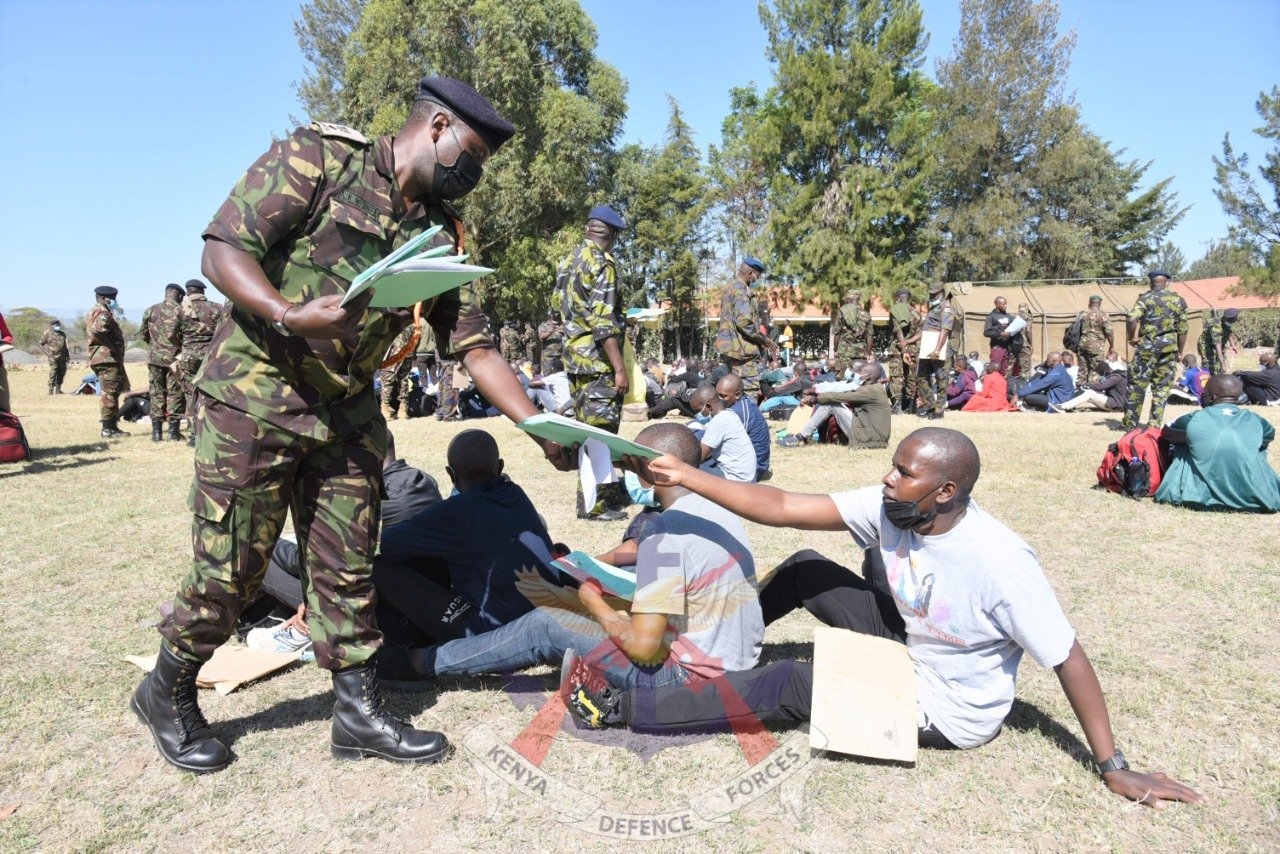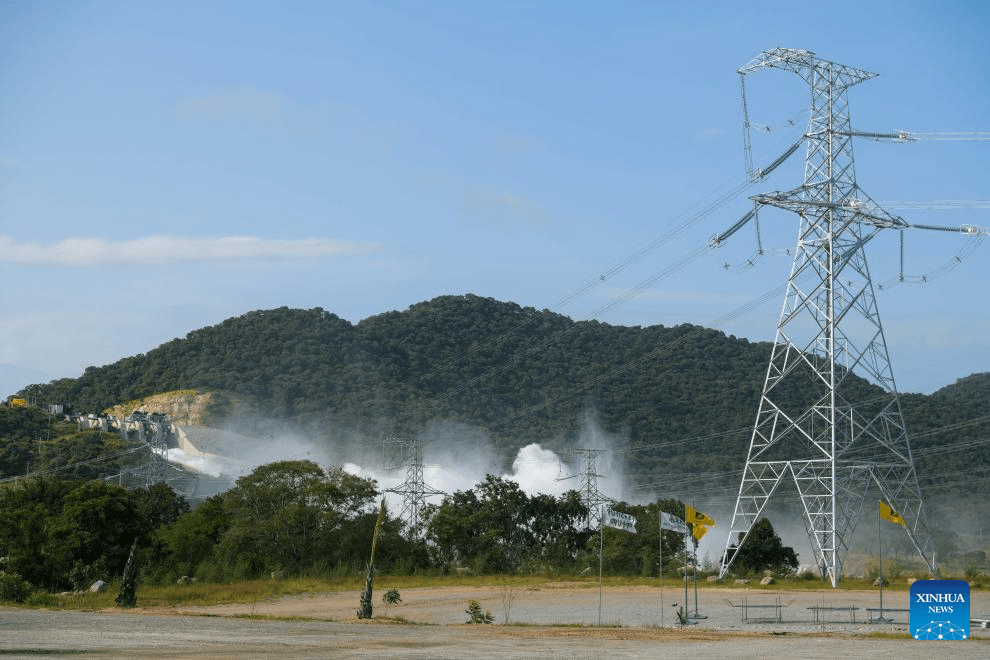Legend has it that salaried Nairobi residents use their cars when their pockets are full, hence the high traffic witnessed in city roads during end month.
Three years ago, Paul Otieno a resident of Tena Estate, Nairobi would spend Sh3,749 to fill his saloon car, which would serve him for up to three weeks.
At the time, around May 2020, a litre of super petrol was retailing at Sh83.33.
Today, his spending has nearly tripled with a full tank on his 45-litre car now costing him about Sh9,973, at Sh221.64 per litre.
This has forced him to use the car “only when necessary” he said, with most of the times having to park it and use public transport.
*Hellen, a resident of Buruburu, told us she has opted to carpool with her two friends all of who work in Westlands.
In their arrangement, each person uses their car on a weekly rotation in a cost cutting measure to survive the tough times.
“This has reduced my fuel budget by more than a half,” she told the Star, adding that she has also adjusted to one meal per day to cut on food spending.
These are the trends as high fuel prices continue to take a toll on the economy, after hitting a record-high last month when pump prices crossed the Sh200 mark.
Manufacturing, transport and agriculture sectors, huge consumers of diesel, have also been hit with increased costs being passed to consumers.
A litre of diesel is going for Sh200.99 in the capital, compared to Sh78.37 it cost three years ago.
Poor households who use kerosene for cooking and lighting have also not been spared as a litre of kerosene now costs Sh202.61, up from lows of Sh79.77 a litre.
For people in the transport business, they have had to contemplate with low earnings and increased fuel budget.
George Ouma, a matatu operator on the Umoja-Nairobi CBD route says the daily earnings from the 33-seater bus have reduced to about Sh10,000 from Sh15,000.
“We are spending a lot on fuel which now consumes about Sh14,000 per day from 7,000. Sometimes we are forced to go for fewer trips…say five round trips compared to up to 10 that we used to do before,” he said.
Eugene, a Boda boda operator says he earns between Sh1,500 and Sh2,000 per day down from Sh3,000 and above.
“Sometimes you can go home with Sh800 on a bad day,” the Karuna Close, Westlands-based operator told the Star yesterday.
A full tank (14 litres) now costs him Sh3,102 up from about Sh1,600.
To meet the high operating costs, operators have had to hike fares by between Sh30 and Sh50 during peak and off-peak hours for areas around Nairobi and its metropolis, according to the Matatu Owners Association.
This has pushed up the cost of transport which according to the Kenya National Bureau of Statistics, the transport index went up by 3.5 per cent between August and September.
“The increase was mainly driven by rise in prices of petrol and diesel by 8.7 per cent and 11.8 per cent, respectively,” KNBS said in its latest data as inflation, the measure of the cost of living, increased to 6.8 per cent last month from 6.7 per cent.
The high fuel prices have had multiplier effect on the cost of living, amid reduced sales by major Oil Marketing Companies and dealers.
This is a continuation of a trend witnessed in the first half of the year, where fuel consumption between January and June dropped to the lowest levels in more than five years, save for the Covid-19 pandemic period which slowed down economic activities.
Official data show that consumption of super petrol dropped five per cent to 1.01 billion litres from 1.074 billion litres last year, while that of diesel went down four per cent to 1.31 billion litres, compared to 1.36 billion in the same period.
Small outlets in Nairobi, for instance are selling an average 1.5 million and two million litres of fuel products per day, down from three to four million litres, industry trends indicate, with SOME major OMCs also reporting a drop in some stations, depending on location.
“We have customers who always filled full tank but these days, they opt to spend a specific amount,” an attendant at a CBD Shell Petrol Station, told the Star.
Sales in most remote areas have also dropped by up to 50 per cent, independent dealers said, driven by low consumption in the wake of high fuel prices and reduced economic activities.
Operating costs have also increased according to the Kenya Independent Petroleum Distributors Association (KIPEDA), against reduced margins and capital.
For instance, a load that would cost Sh1 million last year is currently going for Sh1.8 million to Sh2 million.
Wholesale prices have also increased to averages above Sh200, dealers said.
“People are very sensitive on how they spend on fuel. The main customers now are public service vehicles. In general, things are tough,” KIPEDA chairman Joseph Karanja told the Star.
Fuel inflation remained elevated at 13.1 per cent in September, reflecting the impact of the rise in international oil prices, Central Bank of Kenya said on Tuesday.
This adds to high electricity and commodity prices, with reduced purchasing power affecting demand for products.











